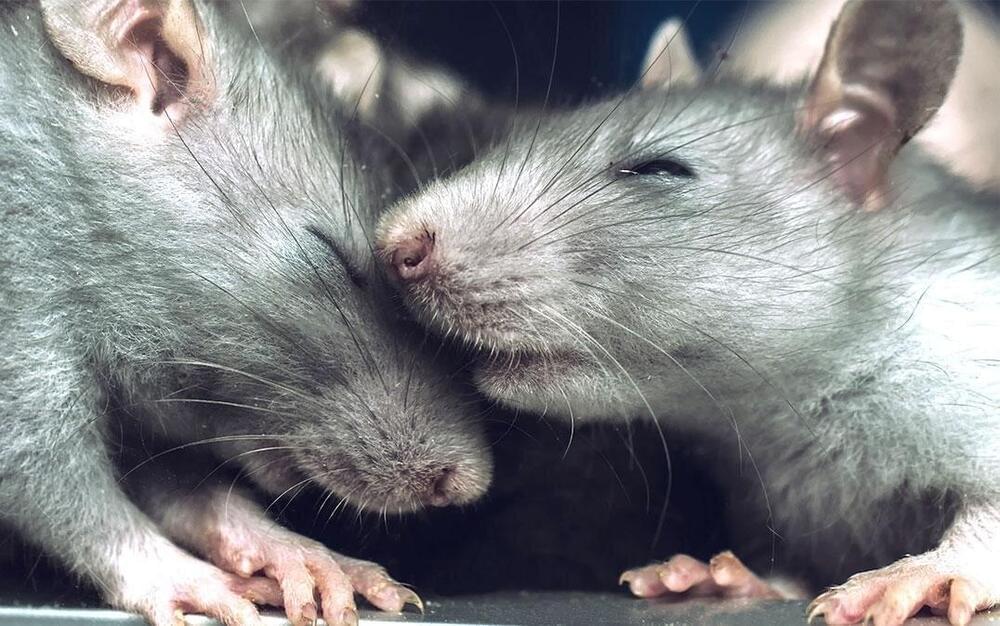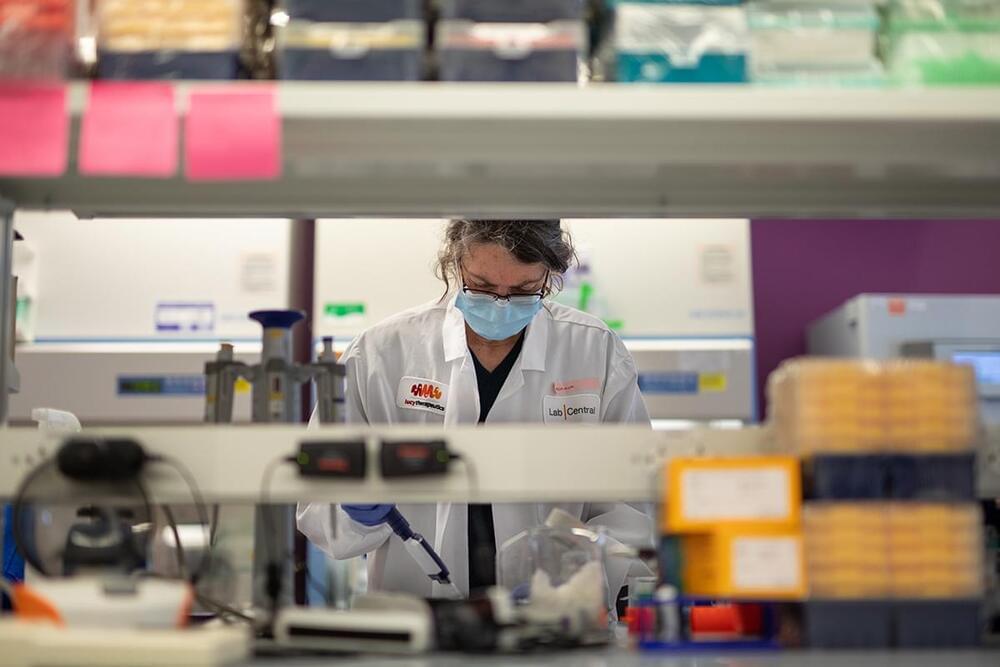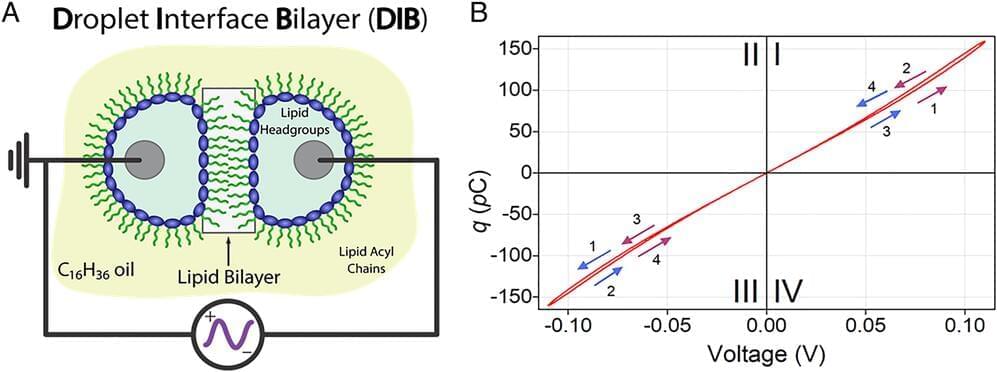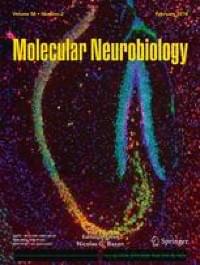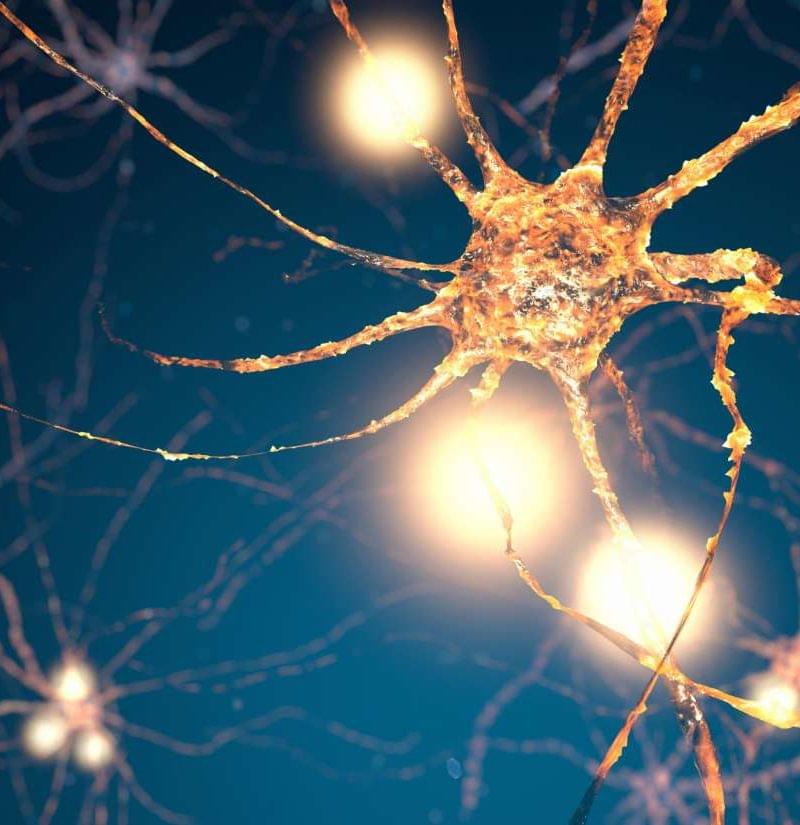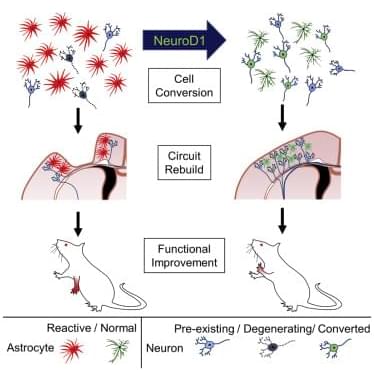A good night’s sleep can work wonders for both mind and body. But what is it that determines how much we need to sleep, and what can cause us to sleep more deeply?
In a new study, researchers from the University of Tsukuba have now provided some answers, revealing a signaling pathway within brain cells that regulates the length and depth of sleep.
“We examined genetic mutations in mice and how these affect their patterns of sleep,” says senior author of the study, Professor Hiromasa Funato. “We identified a mutation that led to the mice sleeping much longer and more deeply than usual.” The researchers found that this was caused by low levels of an enzyme called histone deacetylase 4 (HDAC4), which is known to suppress the expression of target genes.
